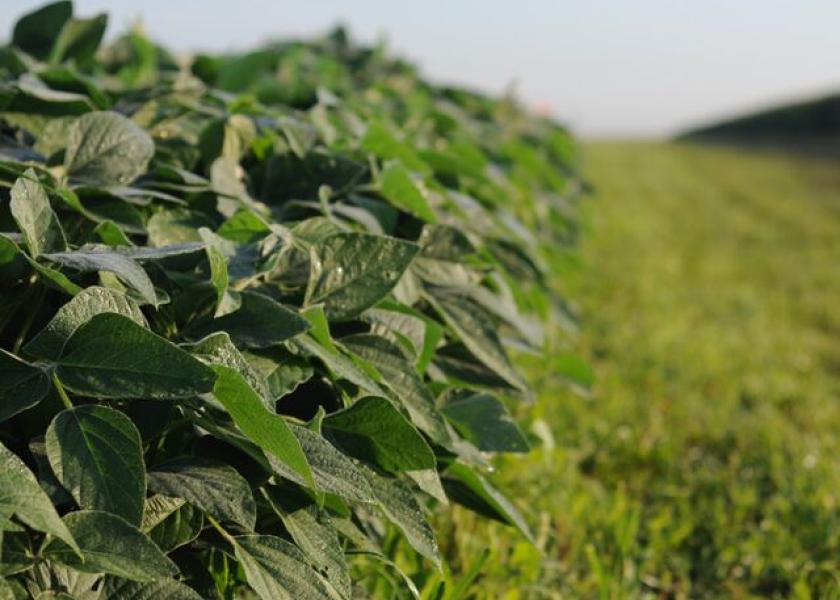Tips for Back-to-Back Soybean Production

Typically, you want to rotate your corn and soybean production. But, with high fertilizer costs and potential product shortages, you may be considering back-to-back years of soybeans. If you’re in this camp, follow these strategies outlined by Iowa State University's agronomy experts Mark Licht, Daren Mueller, Antonio Mallarino and Greg Tylka.
- Prepare for a yield drag. Four studies in Minnesota and Wisconsin have shown a yield decline of at least 5% and as much as 9% for second-year soybean compared to first year. A study in North Carolina shows a 5-bu.-per-acre penalty for second-year soybeans.
- Select the best field. You want a well-drained, highly productive field. Try avoiding fields with heavy weed, soybean cyst nematode (SCN), and sudden death syndrome (SDS) pressures.
- Choose the best-suited varieties. If you battled SCN or other diseases the previous year, look for varieties with the highest level of resistance possible. Also aim to use a wide range of soybean crop maturities to spread out weather risks.
- Monitor for pest pressures. Luckily, insects tend not to be any more problematic in second-year soybeans. But keep an eye out for bean leaf beetle and Japanese beetle pressure.
- Develop a comprehensive herbicide program. You likely want a pre- and postemergence herbicides that include multiple modes of action with residual activity. Your herbicide program should target specific weeds to obtain effective weed control and reduce costs.
Early Planting Considerations
Soybean-on-soybean production can be a little easier to manage than corn-on-corn production, says Farm Journal Field Agronomist Ken Ferrie. The biggest challenge is matching up traits and herbicides to manage weed and pest pressure.
In studying piles of yield maps, Ferrie says bean-on-beans typically suffer a 5 bu. to 7 bu. per acre decrease. To compensate for that drop, he suggests planting soybeans earlier than normal.
Read Ferrie’s advice on early-planted soybeans.







